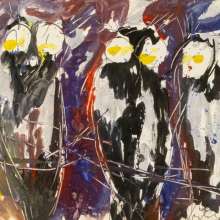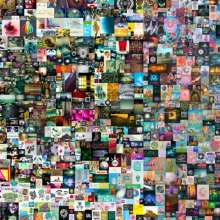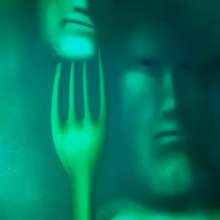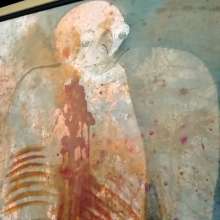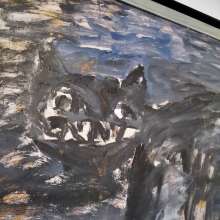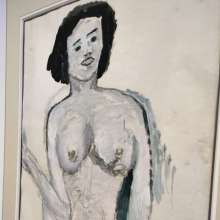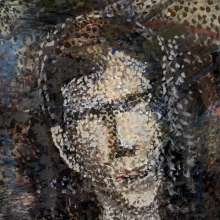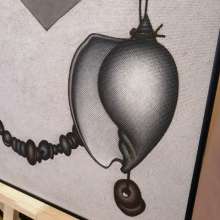$ 69,346,250 for the Beeple art token
- Read more about $ 69,346,250 for the Beeple art token
- Log in to post comments
Artist Viktor Kazarin. 04/16/1948–02/01/2021
- Read more about Artist Viktor Kazarin. 04/16/1948–02/01/2021
- Log in to post comments
© 2019–2025 ArtSale.info




